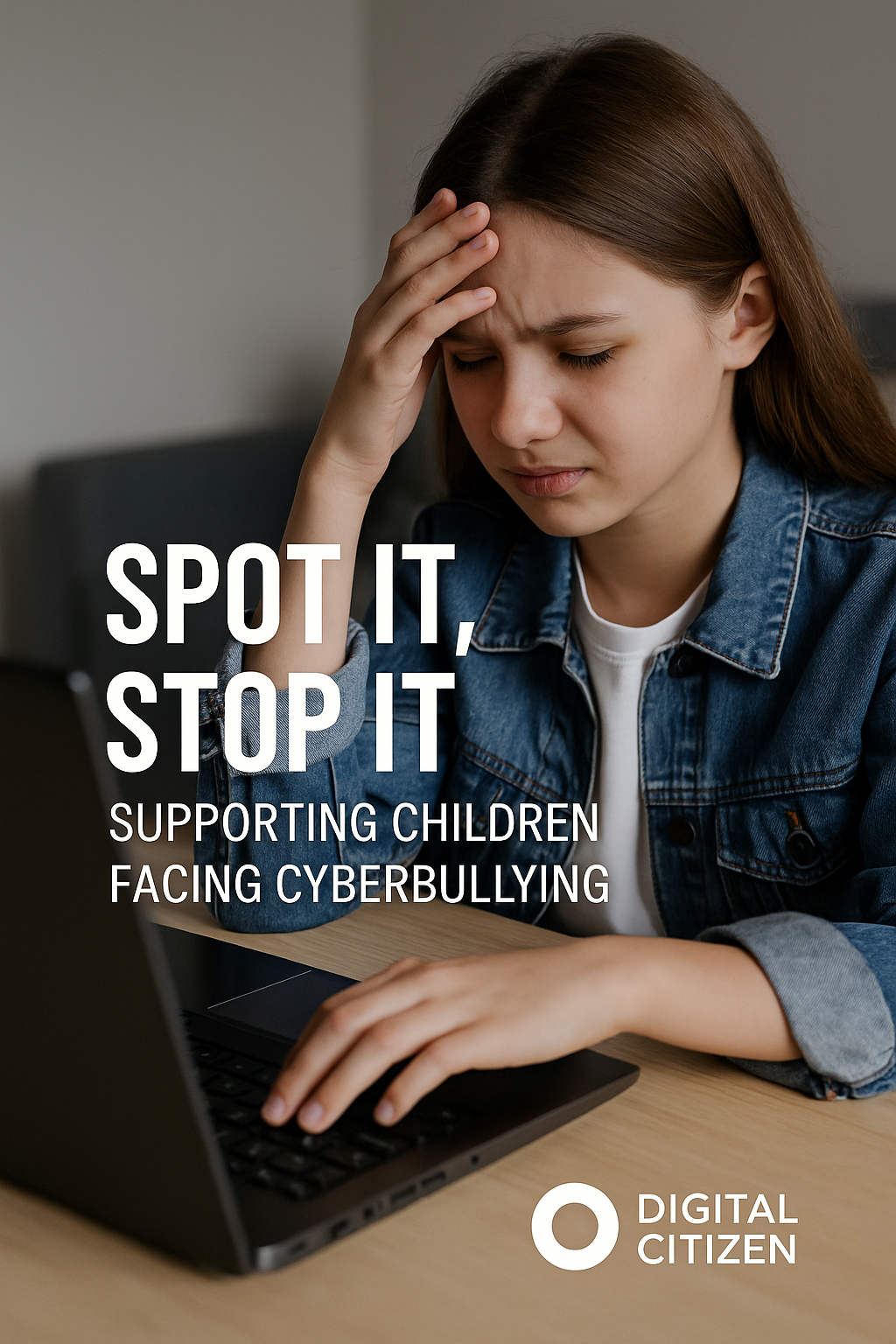


By the end of this course, learners will be able to:
Identify the types and signs of cyberbullying
Understand the brain and emotional response in children facing online harassment
Confidently respond to cyberbullying incidents at home and at school
Hold healing, affirming conversations with children to rebuild trust and resilience
Welcome to Spot It, Stop It: Supporting Children Facing Cyberbullying — a course designed to help you protect, support, and empower children navigating the digital world.
Cyberbullying can be silent, invisible, and devastating. Unlike playground teasing, it often happens behind screens, in private chats, or during solo gaming sessions. Many children suffer quietly, unsure who to tell, what will happen, or if anyone will believe them.
This course equips you, as a parent, educator, or caregiver, to spot the signs of online harm, take confident action, and offer meaningful support. Grounded in research from psychology, neuroscience, and child development, each lesson is practical, compassionate, and evidence-based.
By the end of this lesson, participants will be able to:
Define cyberbullying and distinguish it from in-person bullying
Recognize the different forms of cyberbullying and the platforms where it occurs
Understand the unique psychological and neurological impact of digital bullying on children
By the end of this lesson, learners will be able to:
Identify emotional, behavioral, and digital red flags that may indicate a child is experiencing cyberbullying
Understand how the child brain and nervous system respond to social threats like online exclusion or harassment
Use observation and empathy to support early intervention, even before a child speaks up
Apply it exercise:
You notice your best friend is acting withdrawn. You think they may be getting teased in a group chat.
By the end of this lesson, caregivers will be able to:
Respond calmly and supportively when a child shares they are experiencing cyberbullying
Understand how co-regulation and emotional safety help a child feel safe and heard
Use simple, trauma-informed phrases to build trust and open ongoing dialogue
Create a home environment that encourages safe digital habits without fear
By the end of this lesson, learners will be able to:
Understand how to gather and document information about a cyberbullying incident
Identify the appropriate school contacts and communication steps
Recognize children’s rights under school digital safety policies
Collaborate with schools for supportive follow-up and monitoring
By the end of this lesson, participants will be able to:
Practice trauma-informed communication strategies to support a child after cyberbullying
Understand how emotional safety and co-regulation contribute to healing
Rebuild a child’s trust, digital confidence, and sense of self after harm
Use conversation scripts, prompts, and affirmations that foster emotional recovery